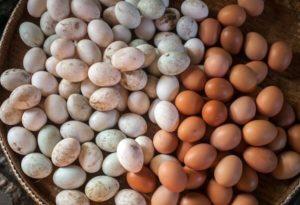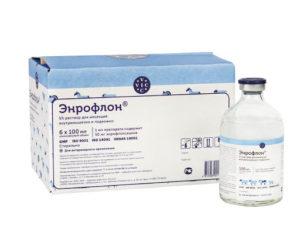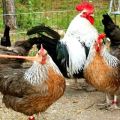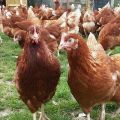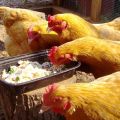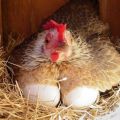How many eggs a day a chicken can lay and what depends on it
Own products have an undeniable priority over factory counterparts, therefore, the purchase of chickens in the household for the purpose of further breeding them and meeting the needs of the family with delicious dietary eggs is of particular interest to country residents. Every novice poultry farmer thinks about how many eggs one purchased chicken will lay per day, whether their breeding will be profitable. Let's figure it out.
How many eggs does a chicken lay
The chicken rushes unevenly throughout the year. Its productivity depends on a number of factors. To assess the profitability of raising chickens and their productivity, it is easiest to count eggs per year.
Per day
It is impossible to unequivocally determine how many eggs an average laying hen produces per day. Under ideal conditions of keeping and feeding, one adult hen at the age of a year or two in the summer gives one egg in one or two days. In winter, productivity drops significantly. During this period, the chicken is carried no more than once every few days.
In Week
Depending on the breed and individual characteristics, a young hen in the summer can lay 4-7 eggs per week. In birds older than two years of age, productivity decreases by 10-20% every year.
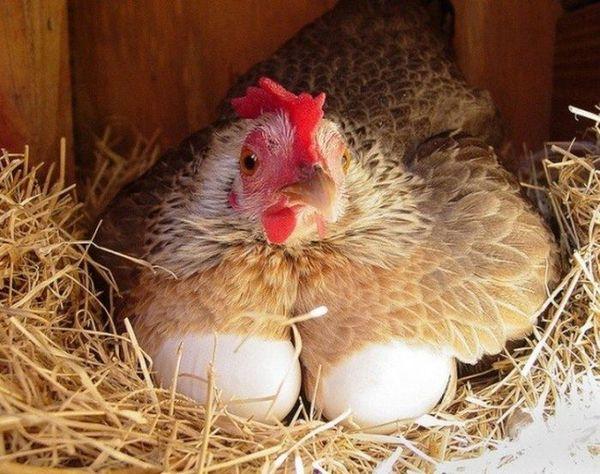
Per month
For a month, at least 15 eggs are obtained from one layer. In the summer, with intensive feeding, a young healthy hen can please the owners with thirty eggs. Average normative indicators are 20-24 eggs per month.
In a year
The minimum number of eggs obtained per year from one chicken is 200 pieces. Under favorable conditions and adherence to feeding standards, the average number of eggs obtained from a healthy livestock reaches 280-300 pieces per year. A highly productive bird lays up to 340 eggs per year.
How often the chicken is laid
The average young hen of the egg breed with a standard level of egg production in the summer is laid almost every day. In winter, with the exception of the moulting period, the hen is laid every two to three days.

What determines the quantitative indicator of egg production in chickens, how to increase it
The productivity of chickens depends on many accompanying factors:
- feeding features;
- conditions of detention;
- the age of the bird;
- breed characteristics;
- seasons.
Every novice poultry breeder wants to get the maximum number of eggs from layers.However, for this you will have to try hard - favorable living conditions, timely feeding and daily monitoring of the livestock will allow you to achieve the desired result.
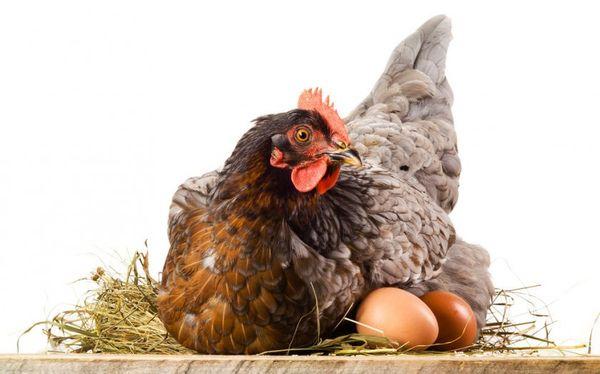
Diet for laying hens
To maintain egg production at a high level, the following feed groups are included in the diet of layers:
- carbohydrates;
- proteins;
- minerals;
- vitamins.
Feeding chickens should be evenly distributed throughout the day and take place at the same time. In private backyards, three meals a day are most often practiced. The bird is given:
- a wet mash, consisting of compound feed and various additives;
- dry grain to keep the stomach working;
- fresh herbs;
- vitamins;
- mineral feed responsible for the strength of the shell.
The use of ready-made balanced compound feeds for feeding chickens in accordance with age and feeding norms has a beneficial effect on the productivity and health of the livestock.
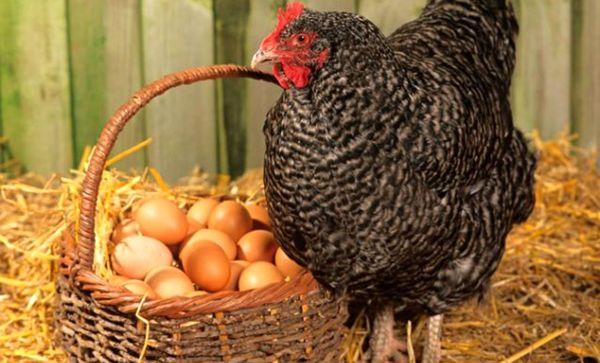
Decrease in egg production
As a rule, healthy chickens produce eggs consistently during the summer. The fall in productivity in winter is influenced by many factors:
- The reason for the decrease in egg production in winter is the shortening of daylight hours. In order to keep productivity at a high level, additional lighting using infrared lamps is installed for layers.
- Violation of the temperature regime is a common cause of a drop in egg production. The average standard temperature for chickens is 15 ° C. At low temperatures, high-quality insulation of the chicken coop and heating equipment is required.
- Stagnant air and high humidity cause colds in chickens and reduce productivity. The chicken coop requires a high-quality ventilation system that provides fresh air and does not create drafts.
- Inadequacy of nutrition to the needs of the bird is reflected in the level of egg production. The health and productivity of chickens in winter require special attention. The addition of various vitamins during this period will help keep productivity high.
- The lack of space in the coop is also of great importance. No more than five chickens can live on one square meter. With denser plantings, chickens become anxious and rush much worse.
- One or two chickens require comfortable nesting equipment. If there are not enough nests in the hen house, layers look for secluded places in the yard and rush there.
- Chickens have a seasonal change of cover every year. During the molting period, productivity drops significantly or completely disappears. The use of fortified feeds during this period will help speed up over-plating and resume egg production.
- Vaccinations help prevent a number of common diseases. Daily close examination of the livestock contributes to the timely identification of sick individuals and their immediate treatment.
- The presence of parasites in the feather cover often causes anxiety in chickens and reduces their productivity. Timely disinfection of the chicken coop with slaked lime or specialized preparations will help prevent their appearance. Having enough sand and ash in the coop also helps to get rid of annoying parasites.
- From the age of five months, hens begin to lay. Their productivity increases every month. However, after two years of age, egg production invariably falls. To maintain it at the same level, timely renewal of the herd is required.
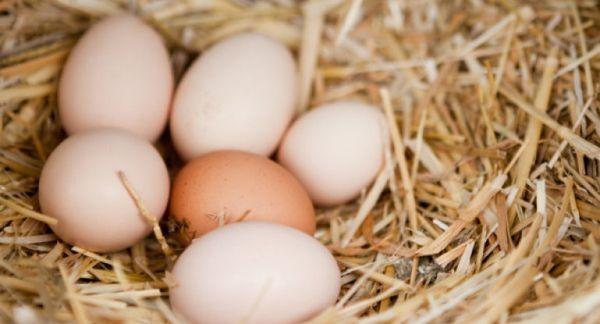
Constant control over the above factors contributes to the cultivation of healthy livestock with high egg production.
Breed features
Depending on the expected productivity, the following breeds are bred in private farmsteads:
- meat and egg chickens are capable of producing 150-180 eggs;
- egg birds lay 260 or more eggs;
- meat ones allow you to get 110-130 eggs per year.
In summer, with proper care and nutrition, healthy chickens rush every day. In winter, productivity cannot be maintained at the same level. Frost, short daylight hours and moulting strongly affect productivity and reduce it. During the molting period, the bird does not rush at all.
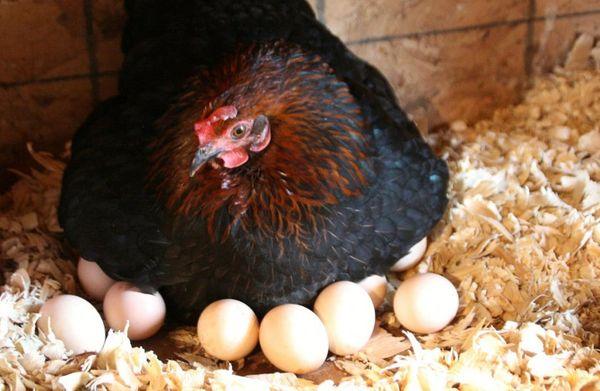
Do chickens rush without a rooster?
In a private courtyard, the need to buy a rooster arises in the following cases:
- for fertilization of eggs and hatching of their own chickens;
- for enjoying morning singing;
- for delicious meat.
If you don't want to get your own chickens from layers every year, the presence of a rooster on the farm is not necessary.
Choosing the right breed, favorable growing conditions, feeding in accordance with norms and age characteristics allow you to grow a healthy flock and get delicious homemade eggs every day.
